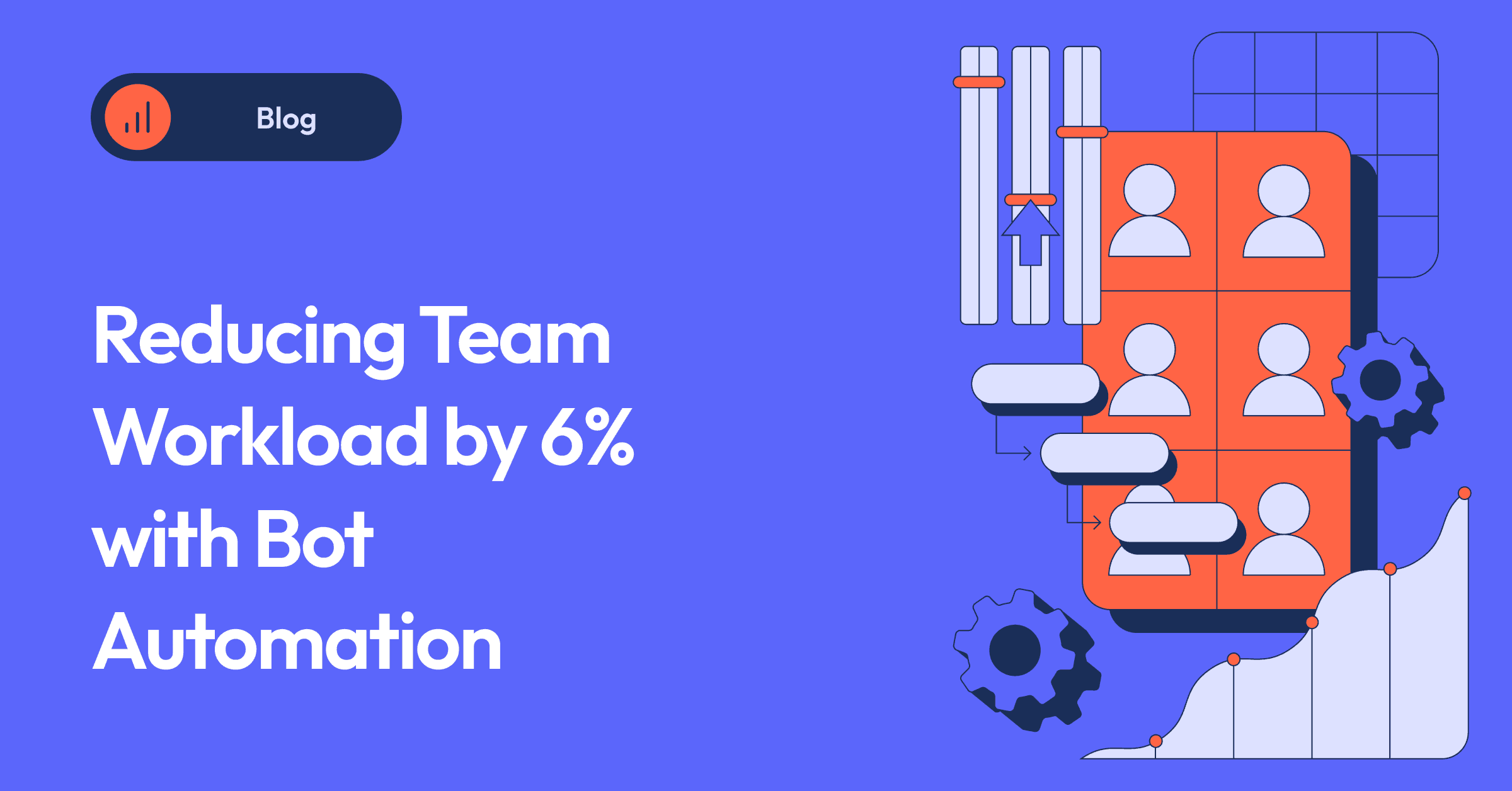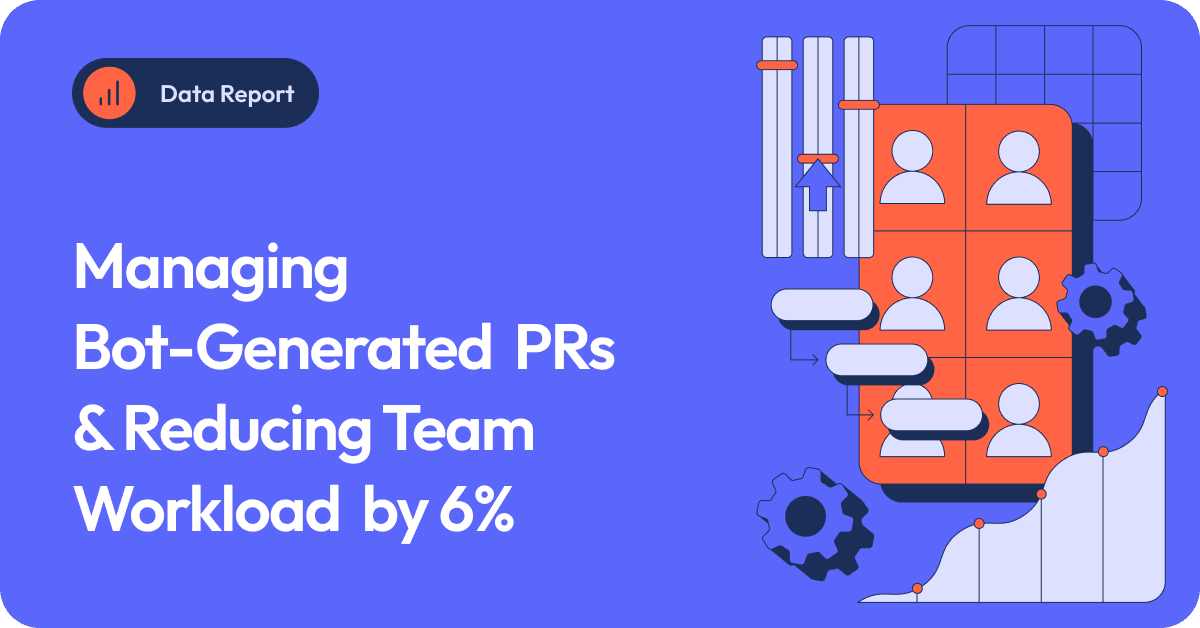Bot-generated pull requests (PRs) are becoming an increasingly prevalent component of the software development lifecycle. As dependency management tools like Dependabot and Renovate continue to gain traction, more than 13.3% of all PRs are now created with bot automation rather than human developers. This trend brings unique challenges and opportunities for engineering leaders who must balance maintaining code quality with the need to streamline and automate workflows.
The Rise of Bot Automation
Bot-generated PRs are no longer just an emerging trend; they're already reshaping how teams work. Our research, based on data from over 2,800 development teams and more than 3 million PRs, found that bot automation now accounts for 13.3% of all PRs. Dependency management bots like Dependabot and Renovate are leading this surge by automatically generating PRs to update libraries, patch vulnerabilities, and handle other repetitive tasks.
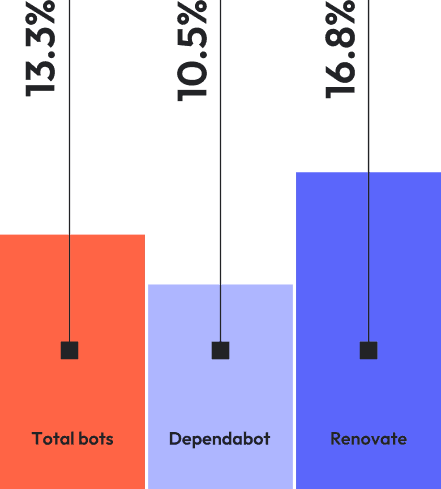
These tools have quickly moved beyond basic dependency updates, expanding into new use cases such as triggering test suites, backporting features, and managing improperly formatted PRs. As our CTO, Yishai Beeri, noted in our recent workshop, “This is dramatically growing…more and more dev organizations are adopting these flows.” This increasing reliance on bot automation signals a broader shift toward automation in the development pipeline, one that leaders cannot afford to ignore.
Challenges Posed by Bot-Generated PRs
While bot automation can save time and reduce the manual effort required to manage dependencies, they also introduce new challenges. One significant issue is the sheer volume of these PRs, which often leads to them being neglected or hastily approved without thorough review. Our report highlighted that 54% of Dependabot updates are deleted without any action, pointing to the overwhelming number of PRs and the struggle teams face in managing them.

PRs that linger unaddressed or receive superficial rubber-stamp approvals can create noise, distract developers, and contribute to technical debt. Even seemingly minor tasks, such as merging a bot-generated PR, can disrupt a developer's focus, forcing context switches that undermine productivity. Additionally, the average vulnerability time for dependency PRs is 12.27 days, indicating that delays in managing these updates can expose codebases to security risks.
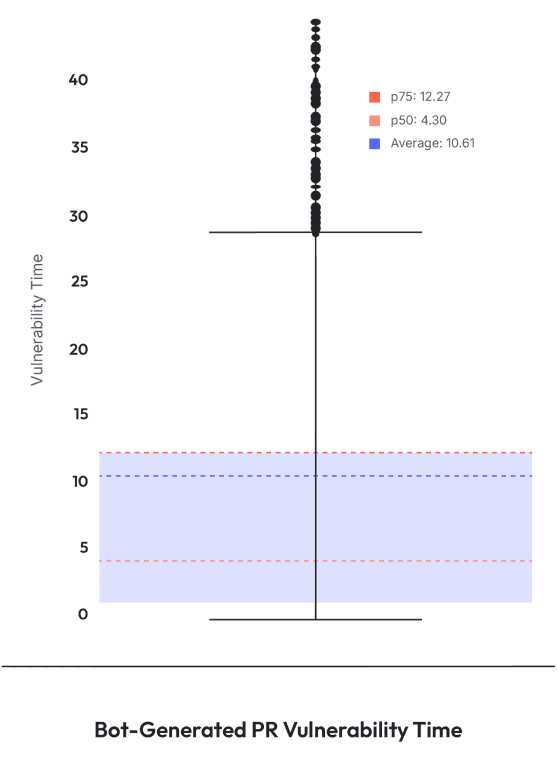
How to Manage Bot Automation Effectively
Managing bot-generated PRs effectively requires a strategic approach that minimizes manual interventions while maintaining high standards of code quality. The key is to set up workflows that automatically handle the majority of bot-generated tasks, such as routine dependency updates, without requiring constant human oversight.
To start, categorize PRs by their level of risk and impact. For low-risk updates, such as minor patches or documentation changes, consider automating the approval process entirely. For PRs that involve significant changes, establish automated checks and validation steps that flag any potential issues before human review.
Using our tool, gitStream, you can create workflows that automatically route PRs to the appropriate reviewers, kick off testing procedures, or even merge PRs directly if they meet predefined criteria. Our data shows that teams implementing SEI (Software Engineering Intelligence) automation can safely auto-approve up to 84% of their bot PRs and auto-merge up to 41.2% of patch updates, resulting in an average reduction of 6% in PR reviews required from development teams.
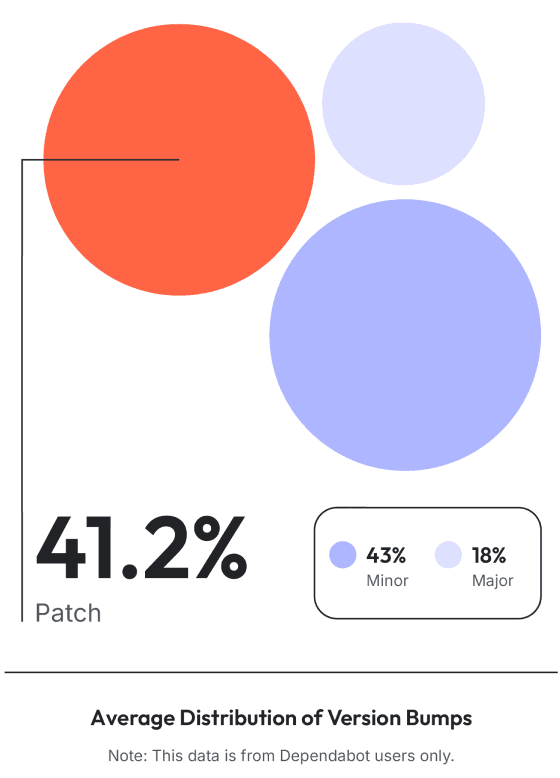
Best Practices for Automating Dependabot Pull Requests
Dependabot is one of the most commonly used dependency management tools for automating PRs. To maximize its benefits, follow these best practices:
1. Automate Low-Risk PRs: For minor and patch updates, set up rules that allow these PRs to be auto-approved or merged once they pass the necessary automated tests. This reduces manual intervention and speeds up the integration process.

2. Customize Workflows by Repository or Team Needs: Not all dependencies are created equal, and some may require more scrutiny. Use workflow automation tools to customize the level of review needed based on the specific repository, team, or type of update.
3. Use Labeling and Notifications: Apply labels to PRs to indicate their status, such as “auto-approved” or “needs review,” and notify the appropriate team members only when their input is essential. This helps streamline communication and keeps everyone aligned without overwhelming developers with unnecessary alerts.
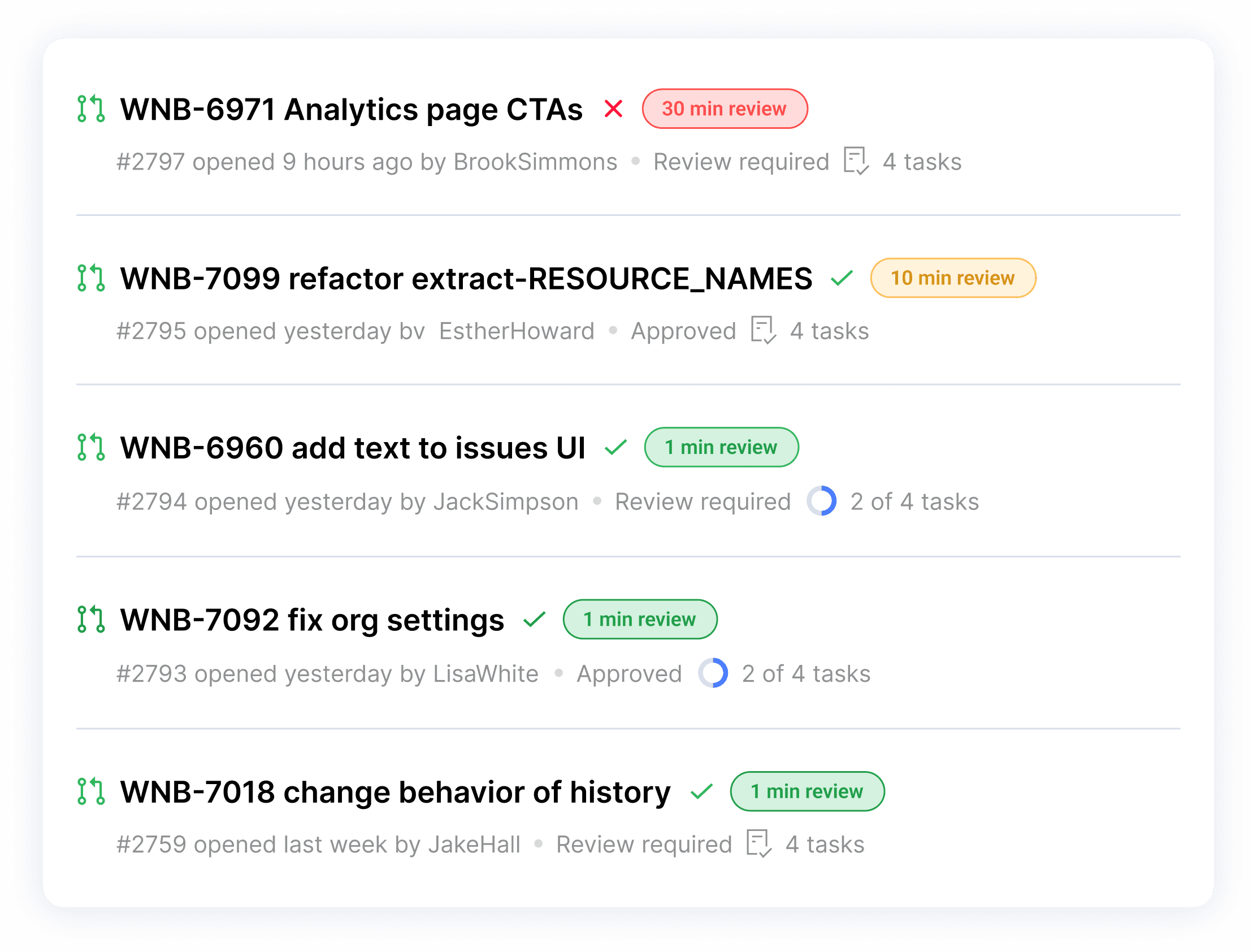
4. Leverage Test Automation: Ensure that all automated PRs go through a robust testing pipeline. Automated tests act as a safeguard, providing a layer of validation before changes are merged into the main codebase.
By implementing these best practices, you can efficiently handle the influx of Dependabot PRs, ensuring that critical updates are promptly integrated while maintaining code stability.
Impact of Bot-Generated PRs on Developer Productivity
The impact of bot-generated PRs on developer productivity is significant, offering both positive gains and potential pitfalls. On the positive side, automating routine tasks frees up developers to focus on more strategic and high-value work, such as feature development and problem-solving. This shift away from mundane tasks can lead to higher job satisfaction and increased team productivity.
However, without proper management, bot-generated PRs can also become a source of distraction and frustration. The need to constantly review and merge these PRs can interrupt a developer’s workflow, leading to context switching that erodes focus and efficiency. “You are paying with a context switch…longer exposure, late updates to your core libraries, and so on,” Beeri noted. Our data showed that organizations automating these tasks could reduce their team workload by 6%, demonstrating the tangible productivity gains achievable through automation.
Preparing for the Next Wave of Bot Automation
The rise of bot-generated PRs is just the beginning. With the ongoing development of AI and more sophisticated automation tools, the volume of bot-created PRs is expected to surge, potentially reaching 50% of all PRs in the near future. This will include not just dependency updates but also AI-generated code, test creation, and other complex tasks that are currently managed manually.
“We’ve talked about this very rapid growth…it’s getting adopted commercially and in open source,” said Beeri. “The underlying concerns are similar…thinking about how do we actually measure those, how do we understand the volumes and how do we carve out opportunities for automation?” We believe that engineering leaders must be proactive in preparing their teams and processes for this next wave of automation, investing in tools and strategies that will allow them to scale efficiently.
Managing Bot-Generated PRs & Reducing Team Workload by 6%
Bot-generated PRs represent both a challenge and an opportunity for engineering leaders. By understanding the impact these PRs have on your teams and implementing automation strategies, you can streamline workflows, reduce manual effort, and maintain high code quality. Tools like gitStream offer a path forward, enabling teams to handle routine PRs automatically while preserving developer focus for more critical tasks.
As the prevalence of bot-generated PRs continues to grow, now is the time to evaluate your organization’s PR workflows and embrace automation solutions that can keep your team ahead of the curve. For more insights on optimizing your PR workflows, explore our recent research report Managing Bot-Generated PRs & Reducing Team Workload by 6%, or schedule a demo to see how you can reduce your team’s workload and improve productivity.

